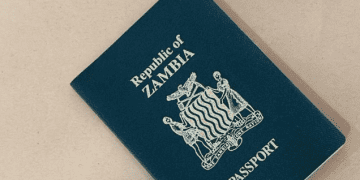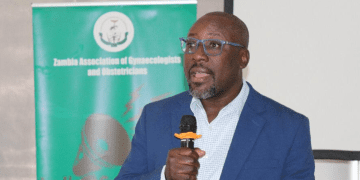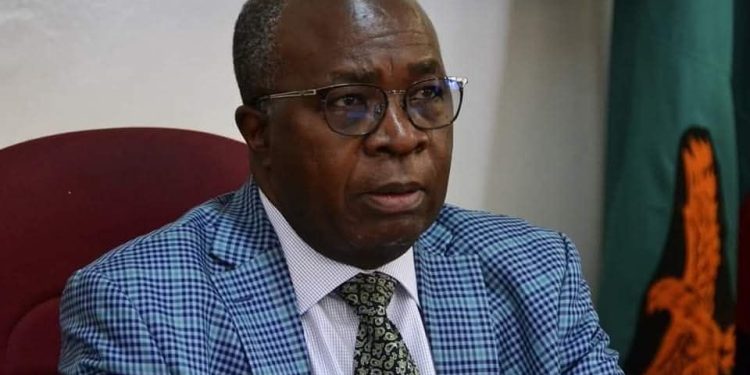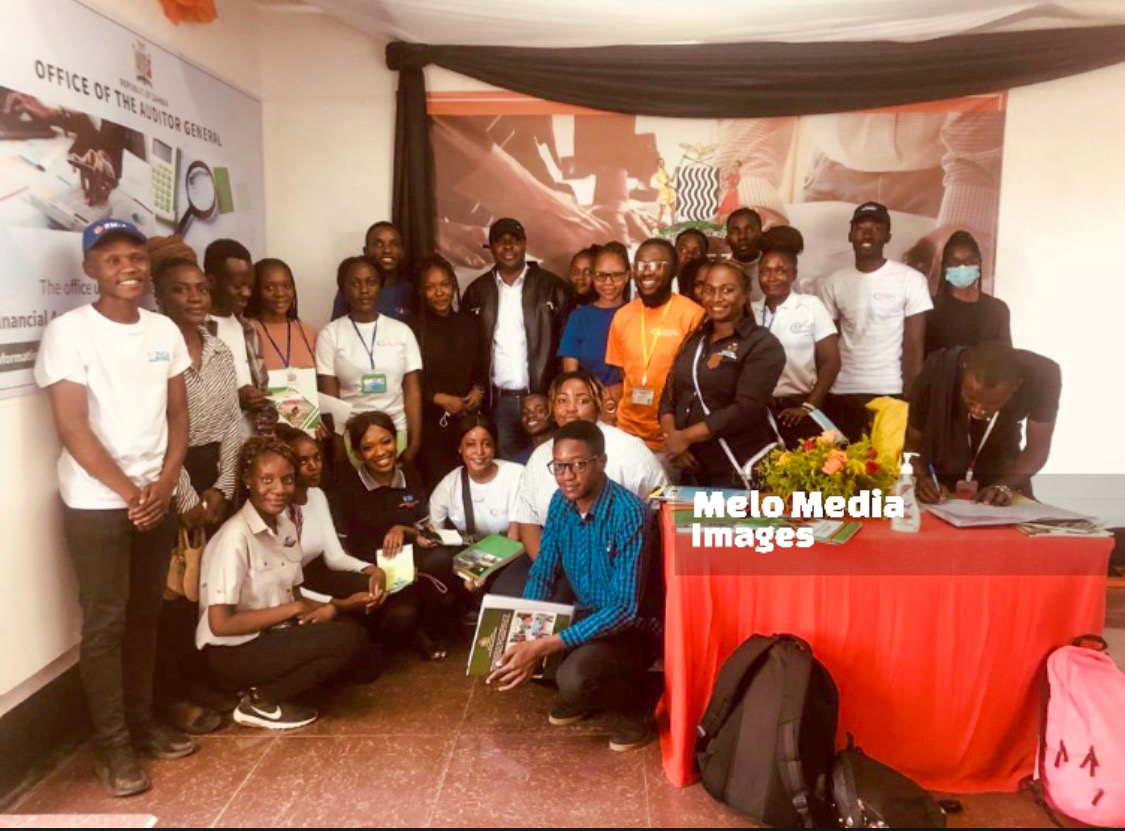Lusaka, 15 March 2025 – Zambia’s economy demonstrated remarkable resilience in 2024 despite grappling with the most severe drought in living memory, according to a ministerial statement presented by the Minister of Finance and National Planning, Hon. Dr. Situmbeko Musokotwane, to the National Assembly.
Dr. Musokotwane highlighted that the severe drought directly impacted agricultural production and electricity generation, forcing the government to revise the 2024 GDP growth projection downwards to 2.3% from the initially projected 4.8%. Nevertheless, the economy grew by an average of 2.1% per quarter, underscoring the nation’s economic robustness despite the challenges.
Copper production emerged as a bright spot, recording a 12% increase compared to 2023. Total copper output in 2024 reached 820,676.34 metric tonnes (Mt), up from 732,583.45 Mt in 2023. This growth was attributed to increased production at existing mines, resumption of operations at some mines, and new production capacity.
Positive growth was also noted in the manufacturing, information communication technology (ICT), and tourism sectors, which helped offset the downturn in agriculture.
Agricultural output was heavily affected by the drought, with maize production falling by 54.5% from 3.3 million metric tonnes in 2023 to 1.5 million metric tonnes in 2024. This decline significantly affected farmers’ incomes and reduced overall purchasing power, which in turn impacted businesses dependent on rural spending.
The Treasury collected a total of K152.6 billion in revenues and grants, exceeding the budgetary target of K144.5 billion by 5.6%. Tax revenue accounted for K118.8 billion, surpassing the target of K114.8 billion by 3.5%. Non-tax revenues stood at K30.1 billion, boosted by a K6.5 billion dividend from the Bank of Zambia and K3.2 billion in forfeited funds from ZANACO.
Government expenditure, however, exceeded the target by 11.2%, reaching K197.8 billion. Debt service payments were notably high, amounting to K65.4 billion, with K46.5 billion directed toward domestic debt payments and K18.9 billion toward external debt payments.
Annual inflation averaged 14.96% in 2024, up from 10.9% in 2023, driven largely by the drought’s impact on food production and energy costs. The Kwacha depreciated by 8.4%, closing the year at K27.88 per US dollar, compared to K25.71 at the end of 2023. The decline was attributed to elevated demand for imported food and energy due to reduced local output.
Dr. Musokotwane reported significant progress in Zambia’s debt restructuring efforts. Of the US$13.34 billion targeted for restructuring, 90% (approximately US$12 billion) had already been restructured through agreements with bilateral and commercial creditors.
In the bilateral category, Zambia restructured US$6.3 billion, formalising agreements with France and Saudi Arabia. In June 2024, Zambia restructured US$3.8 billion in Eurobonds, securing US$840 million in concessions. The government also reached restructuring agreements with major commercial creditors, including Huawei, ZTE, and Credit Suisse.
Zambia’s gross international reserves rose to US$4.31 billion, equivalent to 4.6 months of import cover. The trade surplus narrowed to US$1.3 billion from US$1.4 billion in 2023, as imports increased by 10% to US$10.0 billion, while exports grew by 8% to US$11.4 billion.
Dr. Musokotwane expressed optimism for the future, projecting economic growth to rebound to an average of 6% in the medium term. He reaffirmed the government’s commitment to sustaining fiscal discipline, boosting economic productivity, and completing the debt restructuring process to create long-term stability.
“Despite the challenges of 2024, Zambia’s economy has proven to be resilient. With strategic interventions and continued support from our development partners, we are confident that the economy will stabilise and grow in the coming years,” Dr. Musokotwane concluded.








































